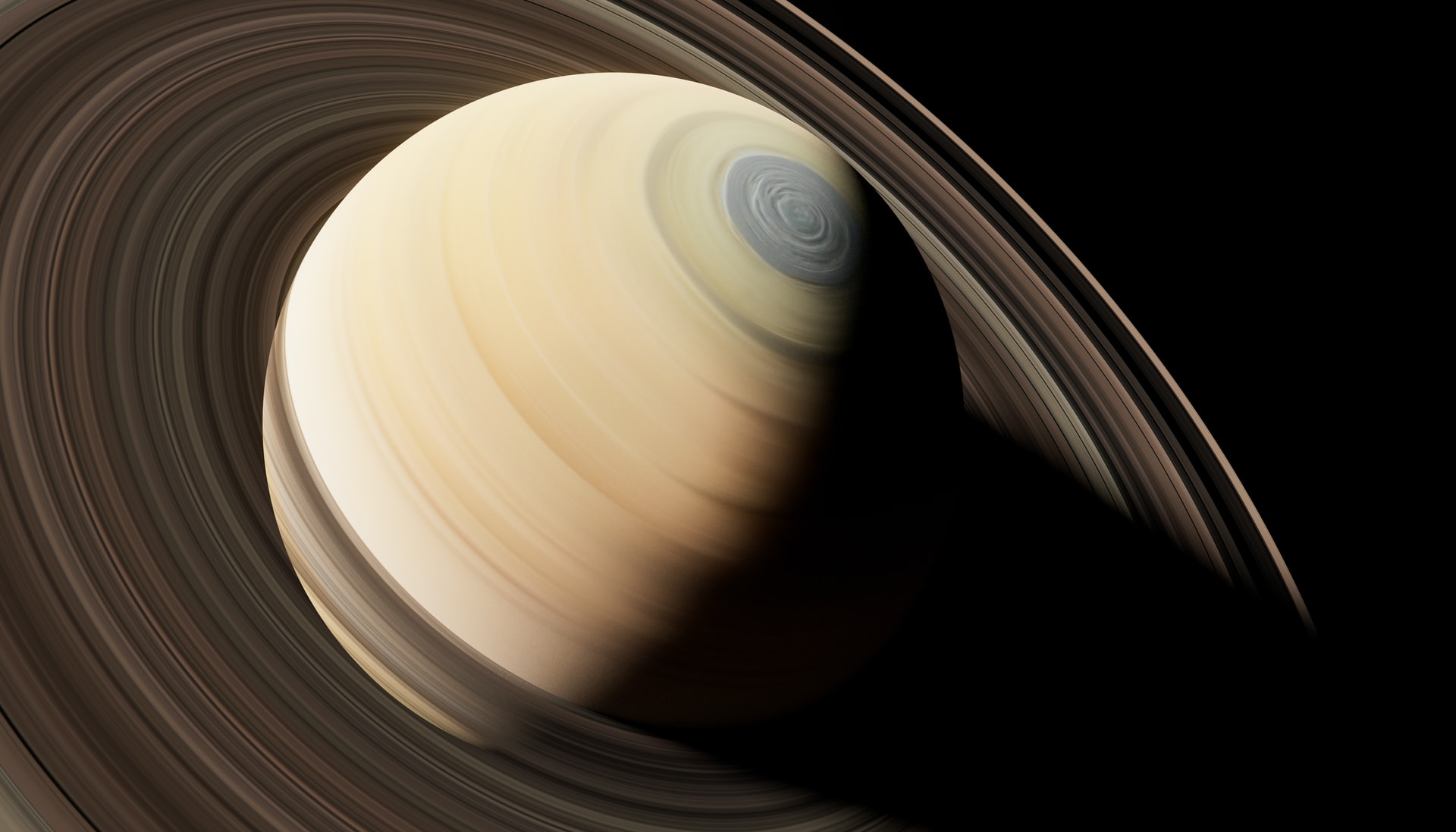
Saturn’s Moons: An Oasis in the Outer Solar System
August 3, 2022 - Emily Newton
Revolutionized is reader-supported. When you buy through links on our site, we may earn an affiliate commission. Learn more here.
Saturn’s moons are some of the solar system’s most exciting, far-flung destinations! With more moons than any other planet in the solar system, Saturn has a lot to explore. There are two of Saturn’s moons in particular that have scientists thrilled. From lakes of liquid methane to alien ocean life, Saturn is an oasis in the outer reaches of our solar system, with incredible discoveries waiting to be found!
Saturn’s Moons: King of the Solar System
Saturn is one of the four gas giants or “Jovian” planets in the outer half of the solar system. Most people know Saturn for its famous rings, but it also has another claim to fame. Saturn has more known moons than any other planet in the solar system, including Jupiter. As of 2022, NASA has identified 82 total moons for Saturn and only 79 for Jupiter.
For both gas giants, most of those moons are desolate asteroids. However, among all the space rocks, there are a few incredible worlds. Saturn has two particularly interesting moons, Titan and Enceladus. These two moons are very different from one another, but both of them are top priorities for interplanetary exploration.
Titan: Methane Seas, Nitrogen Skies
Titan is the largest of Saturn’s moons and one of the largest moons in the entire solar system, second only to Jupiter’s moon Ganymede. In fact, both Titan and Ganymede are larger than the planet Mercury.
It is also the only moon in the solar system with a substantial atmosphere. Titan’s atmosphere is made up mostly of nitrogen, just like Earth’s. The surface pressure is also 50% higher than on Earth. So, scientists believe that if humans ever do venture out to Titan, they won’t need to wear spacesuits. They would just need oxygen masks. Protective cold weather gear would be critical, as well, though. Temperatures on Titan can hit -300 degrees Fahrenheit, which makes average surface temperatures on Mars look downright tropical.
There are many more reasons why scientists are interested in Titan beyond its atmosphere, though. Besides Earth, Titan is the only celestial object in the solar system with liquid on its surface. Robotic probes have revealed that Titan’s surface looks eerily similar to Earth’s – it is covered in lakes, rivers, canyons, mountains, and valleys.
ESA’s Huygens lander even captured some incredible photos of the surface of Titan in 2005. The photos show a desolate, rocky landscape that is reminiscent of deserts on Earth or Mars. NASA’s analyses of the photos determined that Huygens seems to have landed in a dried up riverbed near “rocks” that are made of dirty, frozen icy.
There are some major differences between Titan and Mars or Earth, though. Mainly, the liquid on the surface of Titan isn’t water but hydrocarbons, such as liquid methane.
Without water and oxygen, it would be virtually impossible for life as we know it on Earth to develop on the surface of Titan. However, that doesn’t mean that there couldn’t be life on Titan. Astrobiologists believe that it may be possible for life to evolve based on different chemistry than life on Earth, such as some form of hydrocarbon-based life on Titan. The surface isn’t the only possible home for alien life on Titan, either.
Life Under the Sea
Much like Jupiter’s moon Europa, Titan is suspected to have a global ocean buried beneath its icy surface. NASA’s Cassini probe detected signs of tides below the surface of Titan during flybys in 2004. Researchers think that Titan’s subsurface ocean could be as salty as the Dead Sea. This is exciting because any amount of salt in the water could hint at an ocean full of the nutrients needed for life to develop.
While Earth-like life would have a very hard time evolving without water and oxygen, it could easily develop without light. In fact, organisms that inhabit the darkest depths of Earth’s oceans may give us a glimpse of what lightless life on Titan could be like. For example, there are several species of completely blind fish on Earth that communicate and navigate entirely through touch and sound. These fish don’t even have eyes. They don’t need them in the near absolute darkness at the bottom of the ocean.
Scientists have more than one reason to send more missions to Titan’s corner of the solar system. Titan isn’t the only one of Saturn’s moons with a subsurface ocean.
Enceladus: Icy Ocean Oasis
Enceladus may not be as well-known as Titan or Europa. However, it arguably holds more evidence for harboring alien life than any other world beyond Earth.
Scientists didn’t know much about Enceladus until the Cassini probe visited it in 2005. When Cassini did finally get to Enceladus, though, it discovered something remarkable – unusual geological activity that hinted at a subterranean ocean. NASA changed Cassini’s flight plan to include more flybys of Enceladus and encountered something even more exciting.
Enceladus sprays jets of liquid water into space. Below the icy surface of Enceladus is a liquid water ocean. The jets of water are like giant geysers. They allowed Cassini to collect samples of water from Enceladus. From these samples, scientists have confirmed that the water of Enceladus’s ocean contains most of the chemical ingredients needed to develop and nurture life as we know it. It is hypothesized that there are hydrothermal vents at the bottom of Enceladus’s ocean, providing heat and minerals, which would be key for helping life to thrive.
The Most Exciting Moon?
While many scientists have good reason to believe that the subterranean oceans of Europa, Ganymede, and even Titan could potentially support life, Enceladus is the only world to offer any concrete evidence. Scientists know for certain that there is water on Enceladus and that it contains the ingredients needed for life. Some scientists hypothesize that there could once have been life on Mars or Venus billions of years ago, too.
However, Enceladus is the only other world in the solar system that contains evidence of supporting alien life right now.
This makes Enceladus arguably the most important destination for scientific research in the solar system. Even if Enceladus has every element necessary for life, it could still be completely devoid of life. It’s also just as likely that any life that may exist on Enceladus is simply microbial life and not any kind of fish, mammals, or other large organisms. The only way to find out would be a dedicated mission to investigate Enceladus’s surface and ocean up close.
The Many, Many Asteroid Moons
Titan and Enceladus are only two of Saturn’s moons. It has at least 80 others, although most of them are just asteroids. In fact, most just have numbers for names right now. The largest of these desolate moons are Rhea, Iapetus, Dione, Tethys, and Mimas.
These moons all have an appearance similar to Earth’s moon. Their geological compositions vary, though. Dione is perhaps the most reminiscent of our Moon. It orbits Saturn at approximately the same distance that the Moon orbits Earth and is even tidally locked like our moon, so one side of Dione always faces Saturn. Interestingly, Dione, Enceladus, and Mimas are in “resonance”, which means that when these moons get closer to each other in orbit, their gravity causes all three to speed up. As a result, the orbits of these three moons are always changing.
Among Saturn’s moons there is also a hidden coincidental Star Wars reference. The largest crater on Mimas, the Herschel Crater, is shaped in such a way that it makes the whole moon look like the Death Star from certain angles.
Exploring Saturn’s Moons
Between Titan and Enceladus, Saturn’s moons hold immense potential for exploration and scientific study. Astronomers and astrobiologists are eager to get more data on these incredible worlds, but it might take awhile. It takes a long time just to get to Saturn, for starters. NASA’s Cassini probe didn’t arrive in the Saturn system until seven years after it launched from Cape Canaveral, Florida in 1997. Even before launch, though, it takes years to develop and build probes.
The Return to Titan
The next mission to Saturn, NASA’s Dragonfly, isn’t scheduled to launch until 2027. Dragonfly is a dedicated mission to Titan, where the probe will send an airborne drone down to collect data about Titan’s surface and atmosphere. The drone even has a small drill that it will use to collect and analyze actual samples of Titan’s soil.
The scientists behind Dragonfly think the current conditions on Titan are a lot like those on Earth billions of years ago when life first began to form here. They hope that by studying Titan, we can learn more about the formation of our planet and life on Earth. There’s no telling what discoveries the drone will make on Titan, as well.
Sadly, there are no missions to Enceladus planned as of 2022. There have been proposals for a few missions at NASA, though, and planetary scientists continue to make the case for a return to Saturn’s icy ocean moon. Hopefully, Dragonfly will help pave the way for a future mission to Enceladus one day.
A Manned Mission to Saturn
As for human voyages to Saturn’s moons, it is unlikely that anyone alive today will ever set foot on either Titan or Enceladus. That said, it is almost certain that a manned mission to the moons of Saturn will happen one day. It just likely won’t be any time soon.
There are a few reasons for this. The travel time to reach Saturn would be an unfathomable commitment for the astronauts on board. It would take at least eight years just for them to reach Saturn’s orbit. That’s eight years stuck in space with the same group of people and nowhere else to go. They would also need life support, food, water, and entertainment for the whole trip.
A round trip to Titan and back could take almost 20 years. That means that an astronaut who left Earth when she was 30 years old would be almost 50 by the time she returned. There’s no telling what spending 25% of your life in space could do to the human body. So, much more research on this topic would be needed before a manned trip to the outer solar system would even be considered.
It is also important to remember that we don’t know much about Titan or Enceladus yet. There have been dozens of probes and landers sent to Mars since the 1960s and humans have yet to set foot on the red planet. Planetary scientists will likely spend decades carefully studying Saturn’s moons and collecting massive amounts of information before ever launching a manned mission. Nonetheless, missions to Mars and the colonization of the Moon are sure to pave the way for a human voyage to Saturn’s moons one day.
The Incredible World Around Saturn’s Rings
Saturn may be one of the farthest planets from the Sun, but it’s far from desolate. The moons of Saturn are some of the most fascinating in the entire solar system. These strange worlds hold the potential to harbor alien life in hidden subsurface oceans. On Titan, astronauts could even roam the surface without pressure suits! It may be many years before humanity finally ventures out to Saturn’s moons, but until then, there are many thrilling discoveries awaiting the probes that scientists send out in the years ahead.
Revolutionized is reader-supported. When you buy through links on our site, we may earn an affiliate commission. Learn more here.
Author
Emily Newton
Emily Newton is a technology and industrial journalist and the Editor in Chief of Revolutionized. She manages the sites publishing schedule, SEO optimization and content strategy. Emily enjoys writing and researching articles about how technology is changing every industry. When she isn't working, Emily enjoys playing video games or curling up with a good book.
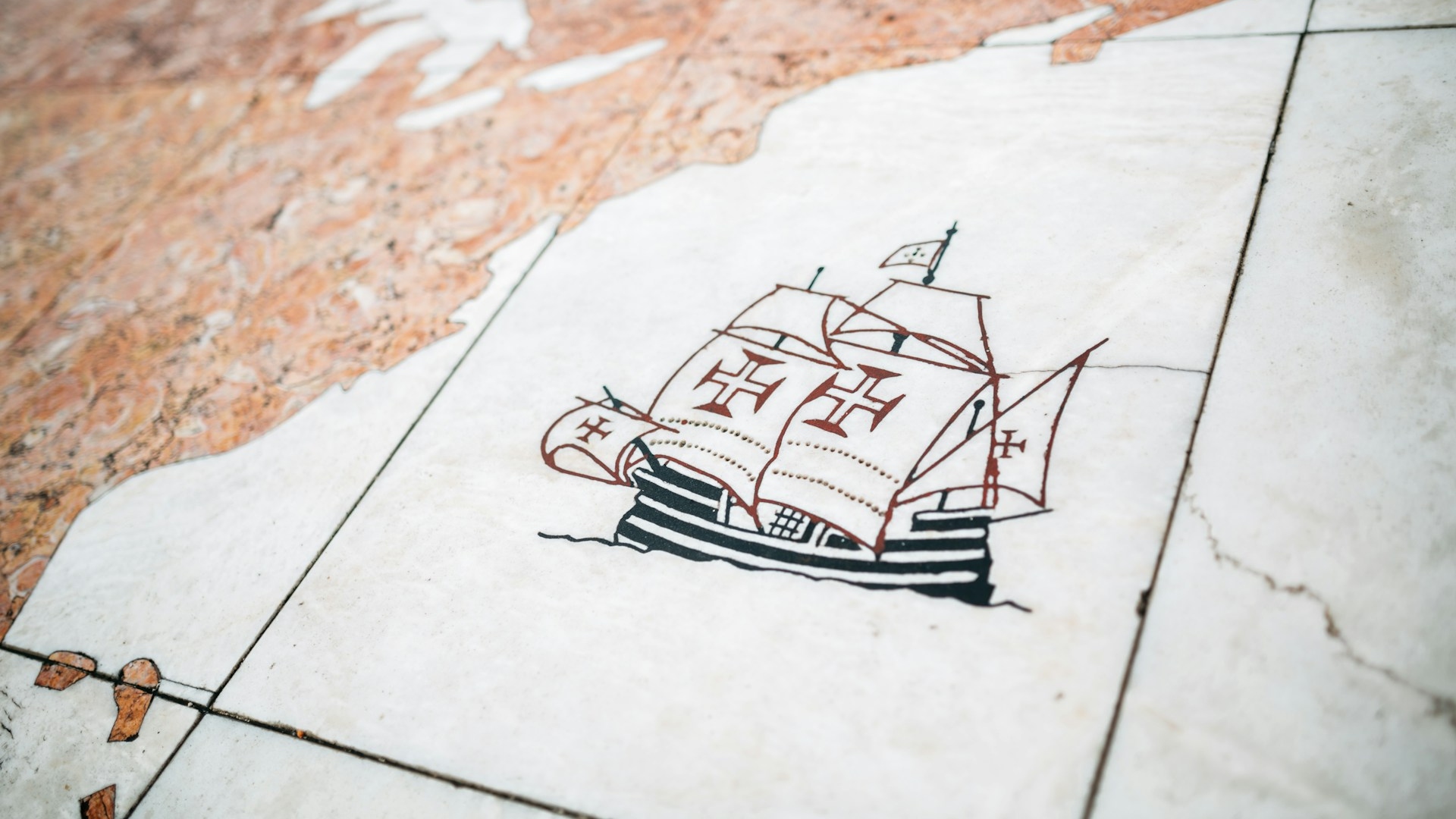

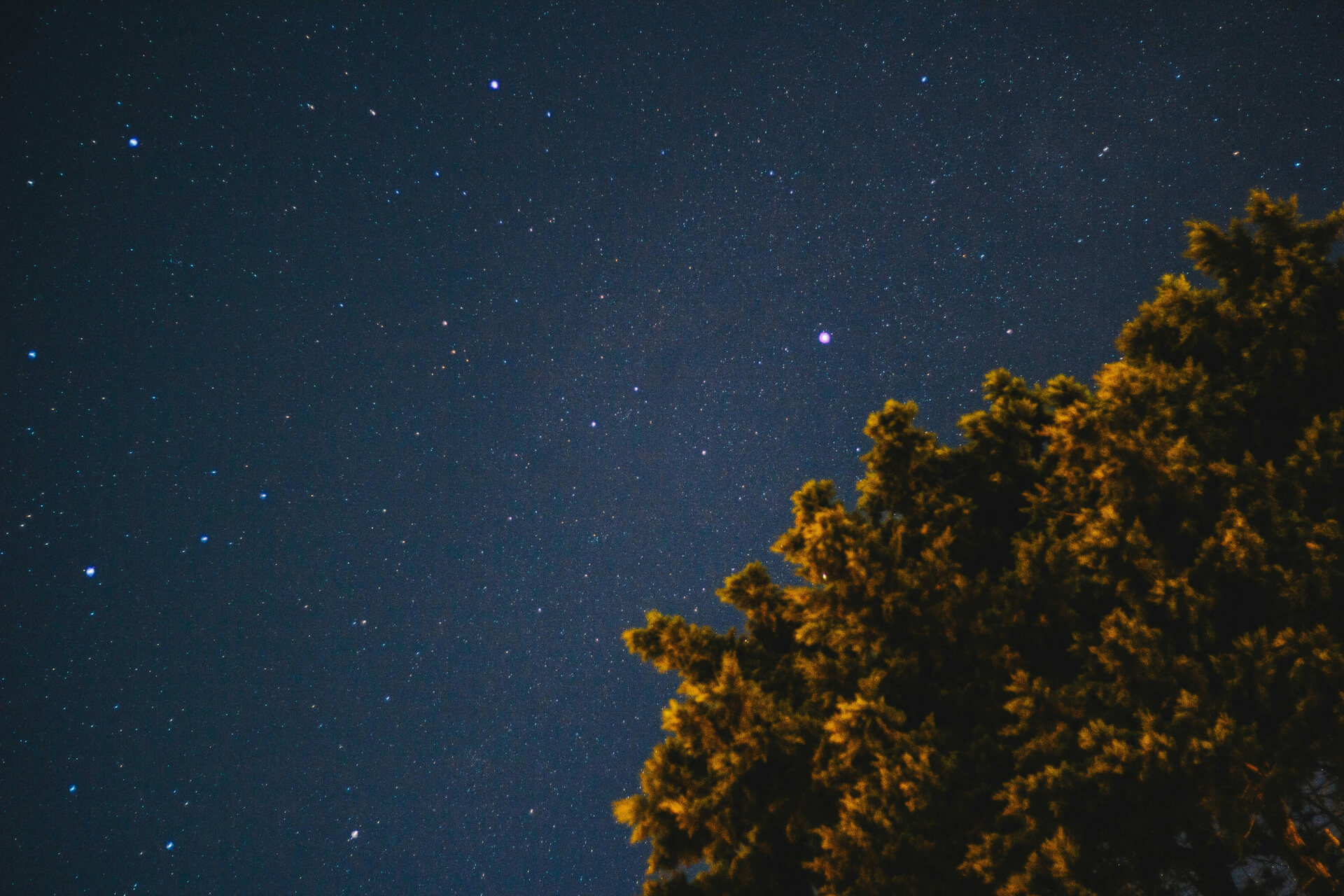
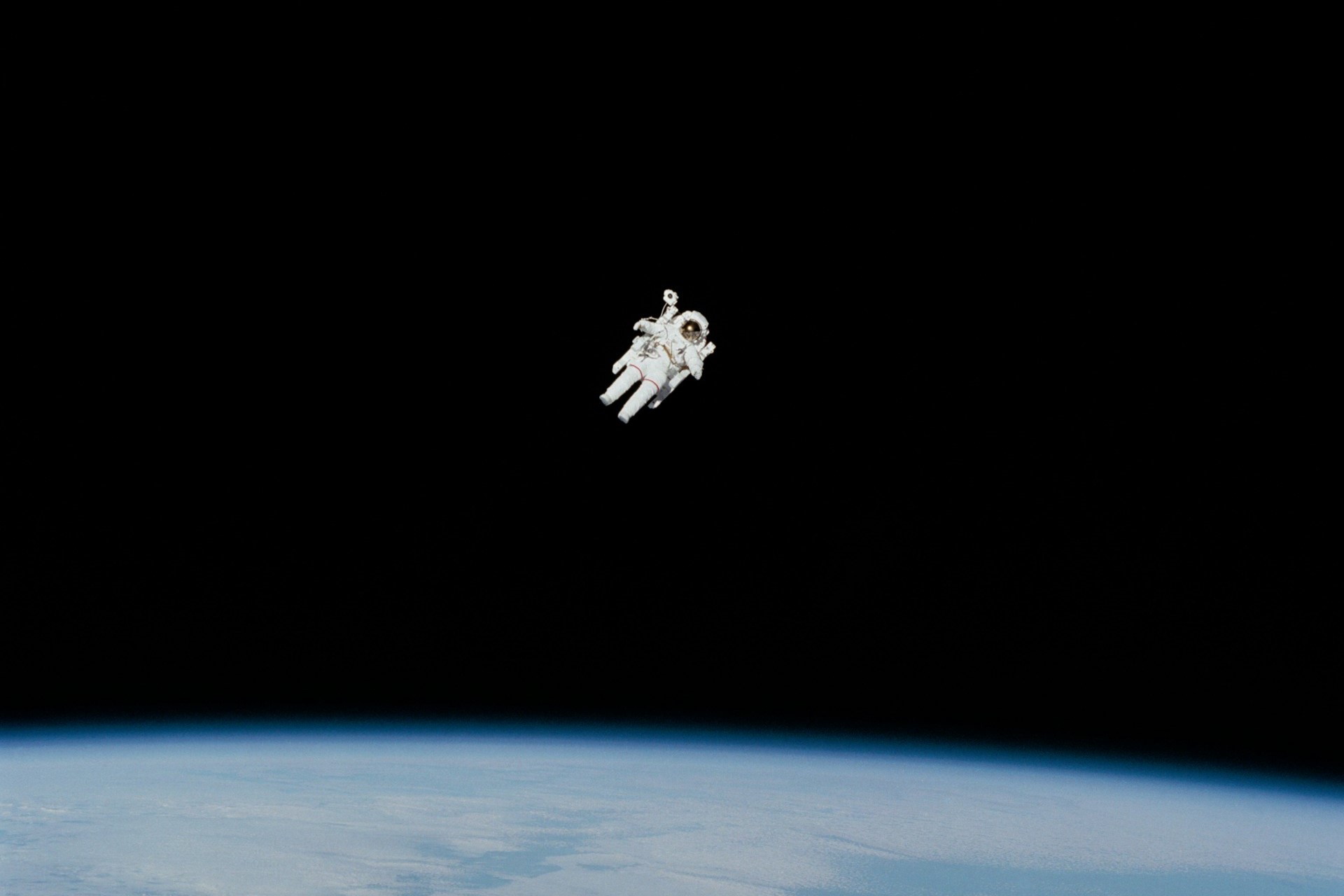
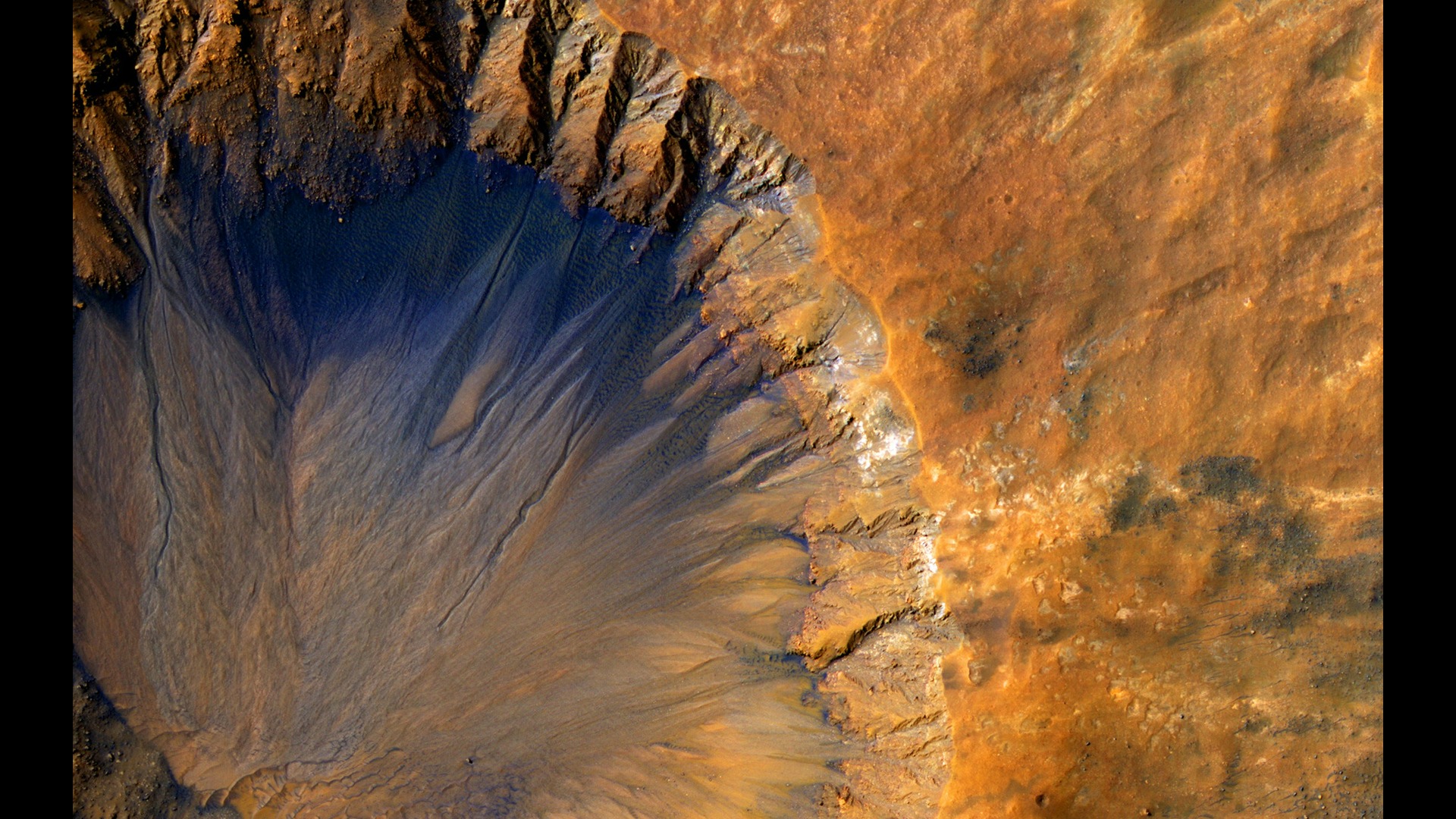



I had to check if I had correctly remembered all the Nobel gases & typed in google- Revultionized popped up.
It was shocking! SEVEN! How could I have forgotten; it’s the only part of the periodic table I know, for SURE!
I was so glad it’s for study only! I refuse to even try to remember ‘it’.
Chem. 11 was 81-82!
I don’t like math.
6 Nobel gases!